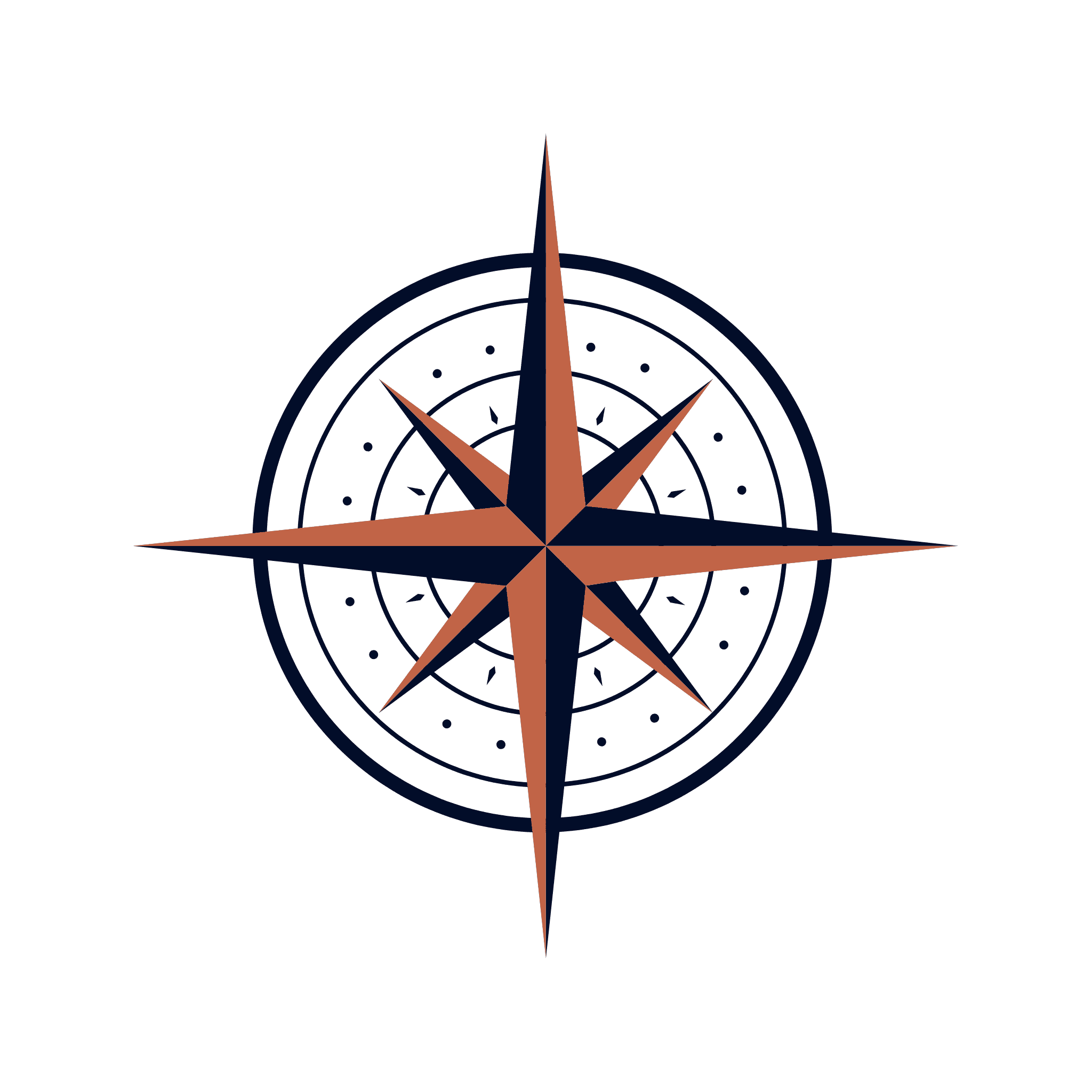Boat Smart: Top 10 Safety Tips for Your Next Adventure

1. Check In Before You Go
Before heading out—especially if you enjoy boating solo—make it a priority to let a friend or family member know your plans. For added safety, prepare a Float Plan and leave it with someone you trust.
A Float Plan outlines important details such as your intended boating location, the date and time you’ll be on the water, who will be with you, contact information for everyone on board, and a list of the safety gear you have available. This way, if something unexpected happens, help can find you faster.
Coast Guard Float Plan Available for Download
https://drive.google.com/file/d/1wLUfemwvOWg2TwluRrAIoS1FdVrCy8kG/view?usp=sharing
2. Keep an Eye Out for Wildlife
The water is their home—we’re just visiting. From fish and turtles to birds and marine mammals, countless creatures call these waters their safe space. Sharks are dangerous, so make sure you know the area where you’re swimming or boating. Give all wildlife plenty of space, and treat their habitat with respect so future generations can enjoy the same beauty we do today.
3. Share What You Know
Safe boating starts before you even hit the water. Take the time to teach friends and family about boating safety, and if they’re old enough to operate a boat, encourage them to complete a NASBLA-approved boater education course (like Boat-Ed) first. The more everyone knows, the safer—and more enjoyable—your trip will be.
4. Stay Alert
Crowded waters mean you need to be extra aware of what’s happening around you. The excitement of spawning season can make it easy to lose focus, but driver inattention is one of the top causes of boating accidents. Even while you’re waiting for a bite, keep an eye on other boats and your surroundings. Use available safety resources and training tools to boost your skills, stay confident, and make every trip both fun and safe.
5. Never Skip the Pre-Launch Checklist
If you don’t already have a pre-launch checklist, make one—and use it every single time. Even the best memory can miss small but critical steps, like checking the bilge or making sure the drain plug is in place. Before you hit the water, take a few extra minutes to run a quick diagnostic and confirm everything is ready to go. Those minutes could save you from a trip-ending problem later.
6. Keep Safety in Mind for Everyone
Boating safety isn’t just for adults—it’s a team effort that includes every single person on board, no matter their age. As the boat owner or operator, it’s your responsibility to make sure everyone knows the safety rules and follows them. Lead by example, and help everyone have a fun, safe day out on the water.
7. Know How to Stay Safe Boating at Night
You never know when you might need to navigate after dark, so it’s important to be prepared. With limited visibility, understanding the signals you send and receive from other boats becomes even more crucial. Boating at night is a whole different game than during the day, and your boater education course will cover the safety tips and equipment you need to handle it confidently.
8. Practice Good Fire Safety
A fire on a boat is serious—and can quickly turn dangerous if you don’t act fast with the right equipment. Having a fire extinguisher onboard is required, but that’s just the first step. Make sure you know how to use it before an emergency happens so you’re ready to protect everyone and keep the boat—and yourself—safe.
9. Always Wear Your Life Jacket
Skipping your life jacket can have life-changing consequences. Don’t hesitate—put it on every time you’re on the water, and make sure everyone else on board does, too. Depending on what you’re doing, having the right type of life jacket that fits properly is key to staying safe and comfortable out there.
10. Make Sure You Have the Right Equipment
Life jackets and fire extinguishers are just the start—your boat needs the full safety setup every time you go out. That means proper lighting, distress signals, docking and anchoring gear, a radio, and more. Using a Safety Equipment Checklist before launch helps you double-check that nothing’s missing.
download our printable checklist below
https://drive.google.com/file/d/13jcw5luxgJNkBhBIaLTdrzzj5mDnK-W1/view?usp=sharing

F. J. Patterson is a minister, writer, and passionate volunteer devoted to serving others through faith, compassion, and creativity. With a heart for helping those in need, focus exclusively on special projects that bring real value to the community. Whether through words, service, or spiritual support, striving to make a lasting, meaningful impact.
